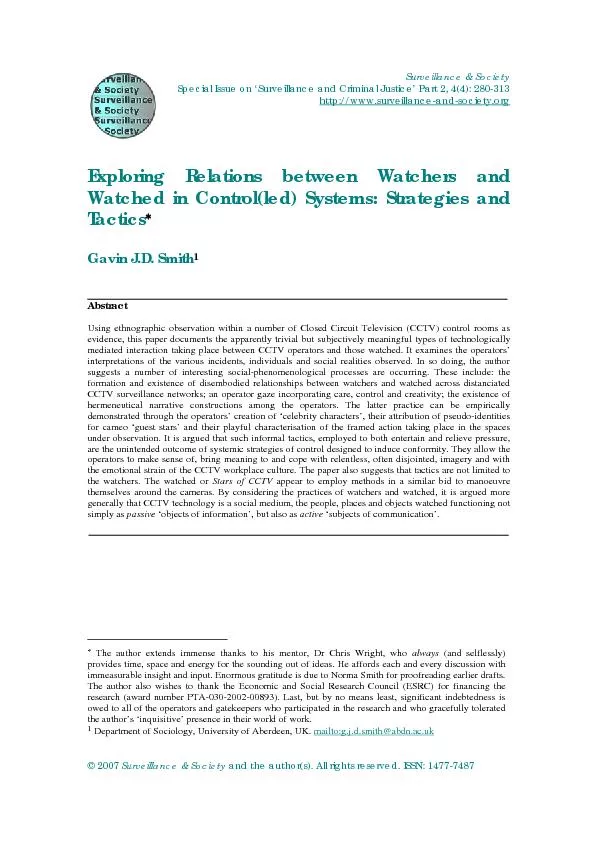PPT-Chapter 1: Exploring Data
Author : giovanna-bartolotta | Published Date : 2018-03-14
Section 11 Analyzing Categorical Data The Practice of Statistics 4 th edition For AP STARNES YATES MOORE Chapter 1 Exploring Data Introduction Data Analysis Making
Presentation Embed Code
Download Presentation
Download Presentation The PPT/PDF document "Chapter 1: Exploring Data" is the property of its rightful owner. Permission is granted to download and print the materials on this website for personal, non-commercial use only, and to display it on your personal computer provided you do not modify the materials and that you retain all copyright notices contained in the materials. By downloading content from our website, you accept the terms of this agreement.
Chapter 1: Exploring Data: Transcript
Download Rules Of Document
"Chapter 1: Exploring Data"The content belongs to its owner. You may download and print it for personal use, without modification, and keep all copyright notices. By downloading, you agree to these terms.
Related Documents














